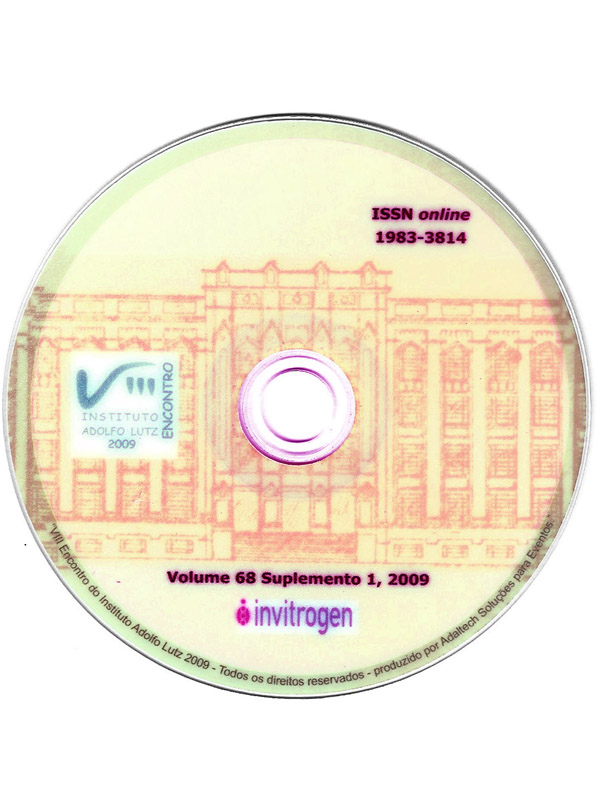Resumo
Nisin is a commercially available bacteriocin produced by Lactococcus lactis in fermentation process. The peptide has a wide antimicrobial spectrum against Gram-positive bacteria and their spores, but shows little or no activity against Gram-negative bacteria, yeasts or moulds. Due to these characteristics, nisin is used as a natural agent in preservation of foods (dairy products, canned food, eggs products, alcoholic beverages) either alone or in combination with other methods of preservation, or through their incorporation into packaging film/food surfaces. In this work, milk whey, a byproduct from dairy industries, was used as a fermentation substrate for nisin production by L. lactis in bench scale bioreactor, aiming low-costs process. Diluted milk whey (mixed with wash water) pH 4.0 was generously provided by a local dairy plant. L. lactis was assayed in a bench scale bioreactor with 1.5L of milk whey, 100rpm (0.5 L.min-1 air flow and without air flow), at 30ºC. Nisin production was assayed by agar diffusion using L. sakei ATCC 15521 as the sensitive test organism. Results obtained in batch cultures, showed the highest nisin activity with aeration, reaching titers of 2.68x106AU.mL-1 (56h of cultive), 100-fold higher than without airflow 2,34x104 AU.mL-1 (36h of cultive), at similar growth conditions. This work showed that milk whey, an industrial disposal, support both growth and nisin production in culture process. The exploitation of milk sub-products (milk whey) as bacterial substrate can be considered economically advantageous method to help diminishing environmental pollution problems.

Este trabalho está licenciado sob uma licença Creative Commons Attribution 4.0 International License.
Copyright (c) 2009 AF Jozala, LJ Arauz, PG Mazzola, A Pessoa-Jr., TC Vessoni-Penna
